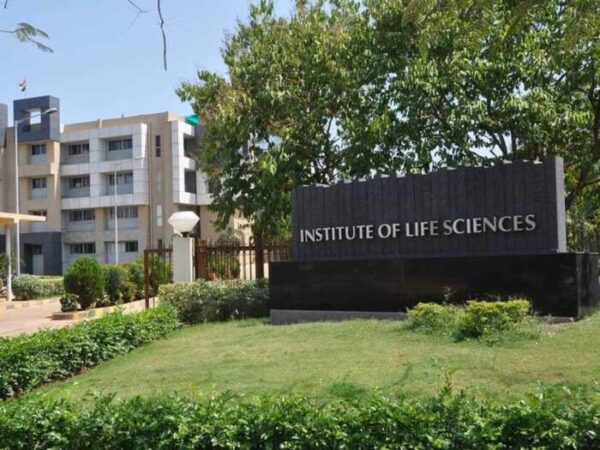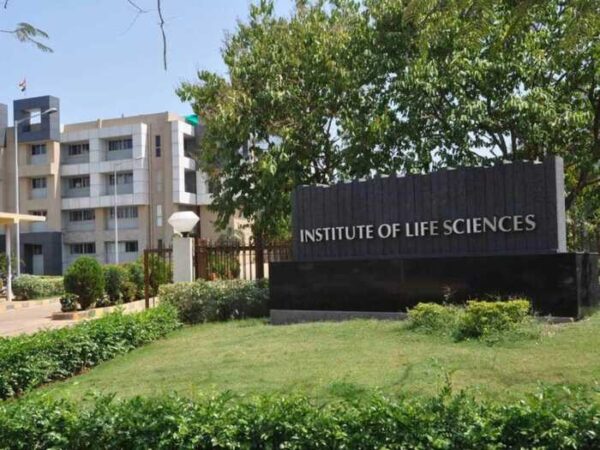
COVID-19 is causing a major global pandemic. The scientific and clinical community are actively engaged to develop effective preventions and treatments. A key strategy to protect humans from this corona virus pandemic is the development of effective vaccines and therapeutics. While multiple clinical trials are currently underway, in parallel, preclinical research on in vitro and model organisms is also needed, both to understand the virus and to test therapeutic agents for safety and efficacy. Animal models that closely resemble the pathogenesis of SARS-CoV-2−induced disease in humans are essential for research on disease mechanisms and for the evaluation of potential vaccines and antiviral drugs. Small animals like mice and Syrian hamster are advantageous to study SARS-CoV-2, as they reproduce faster and faithfully reproduce COVID-19 pathology in humans. Among different available animal models, so far hamsters have been widely utilized in SARS-CoV-2 infection studies. Hamster model of COVID-19 mimics a mild pattern of human disease with full recovery.
The experimentation with these animals needs people with multiple expertise and specialised animal biosafety level 3 laboratories (ABSL3). Realising the importance of these requirements for developing antiviral and vaccine candidates for SARC-COV-2, scientists at the Institute of Life Sciences, Bhubaneswar (an autonomous research institute of Department of Biotechnology, Govt. of India) have established these animal models and a ABSL3 laboratory. This platform at ILS has been established with the support from Biotechnology Industry Research Assistance Council (BIRAC) under Mission COVID Suraksha.
The COVID-19 research team of this institute has recently established and characterised hamster models of SARS-CoV-2 infection by using a local virus isolate cultured and characterised at ILS. The proteomic studies carried out at ILS shows the similarities between SARS-CoV-2 infection in humans and hamsters.This along with analysis of clinical parameters it has been observed that tissue samples show the pathophysiological manifestation of SARS‐CoV‐2 infection similarto that reported earlier in COVID‐19 patients. This provided strong molecular evidence that supports the clinical relevance of this model in COVID-19 research. The findings of this study have recently been published in a prestigious journal, FASEB (Federation of American Societies for Experimental Biology) Journal. ‘The current and perspective users of the ILS platform include NIRRH, Mumbai, IIT Indore, NCBS-InStem, Bangalore; NCL, Pune, CIAB, Mohali etc”
The study was carried out by a team led by Dr. Shatibhusan Senapati and Dr. Gulam Syed. The director of the institute Dr. Ajay Parida believes that this animal model and the ABSL3 facility of the institute will contribute to a major role in providing services for the testing and evaluation of drugs and vaccine candidates for SARS-COV-2. ILS has also established K18-h ACE2 Transgenic mice colonies which will be complementary to the evaluation efforts, said Dr. Parida. This facility will be operating on a fee-for-service mode or on a partnership mode, and will be available for use by researchers from academics, industry and start-ups from India and abroad.
For Further Information: Contact Communication Cell of DBT/BIRAC
- @DBTIndia@BIRAC_2012

